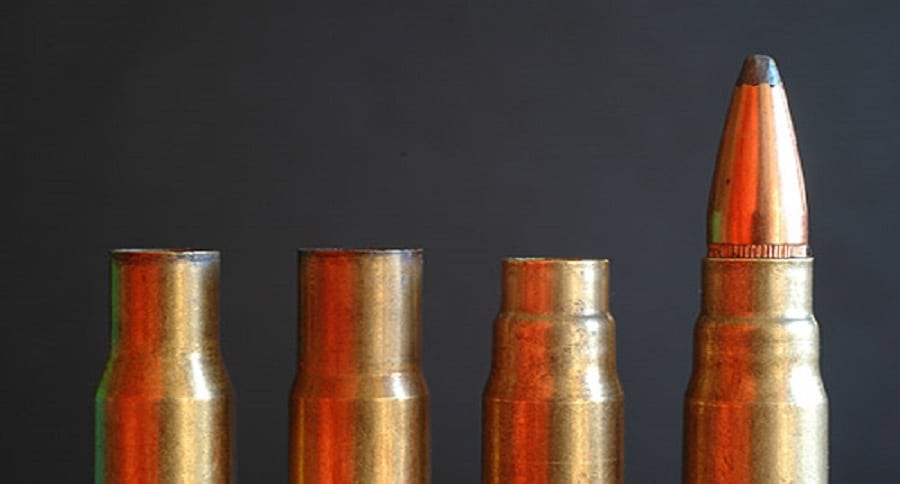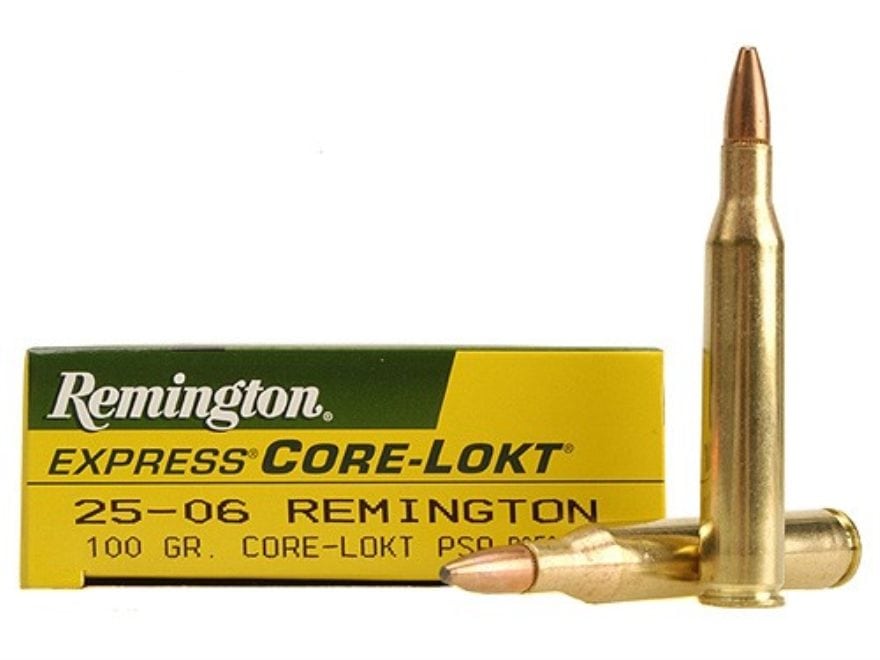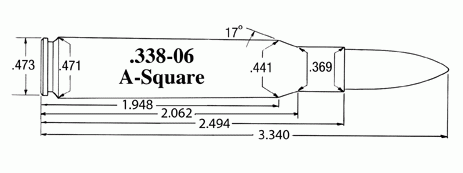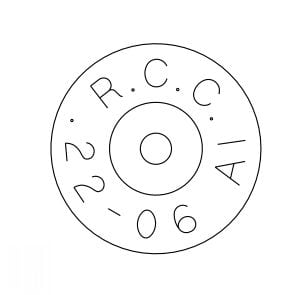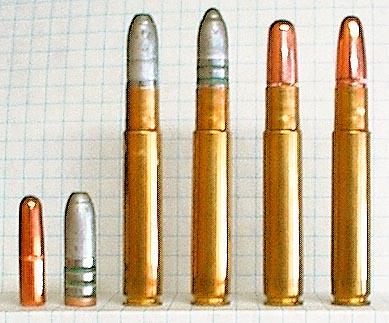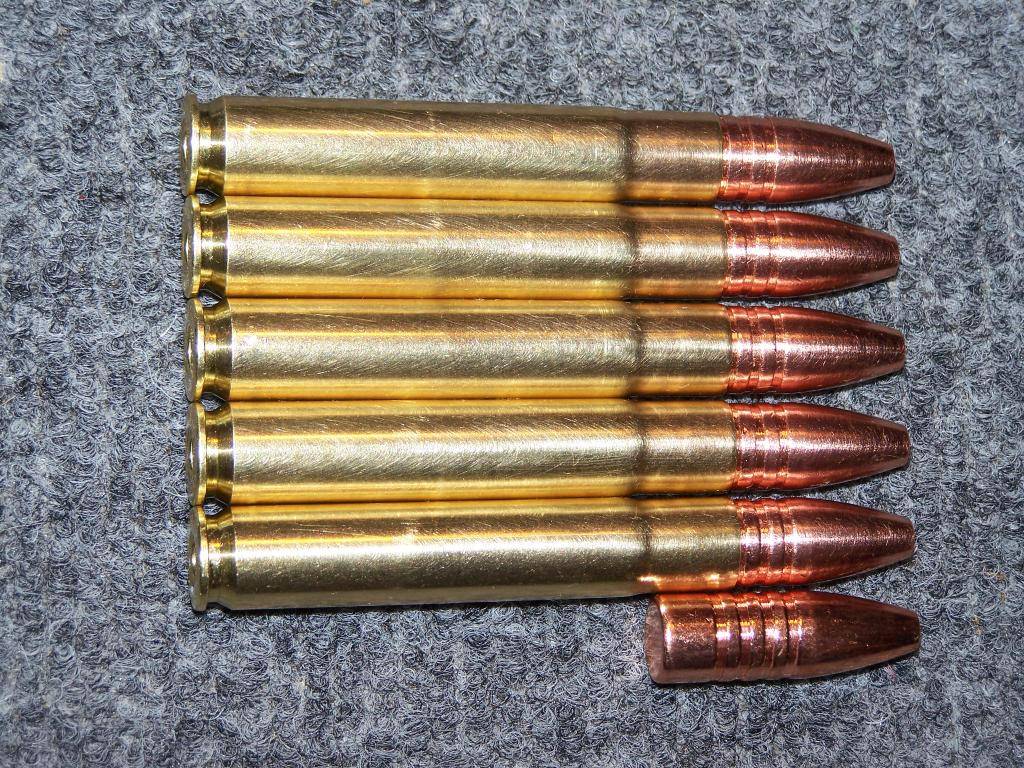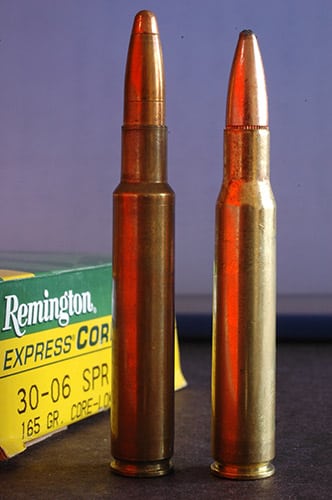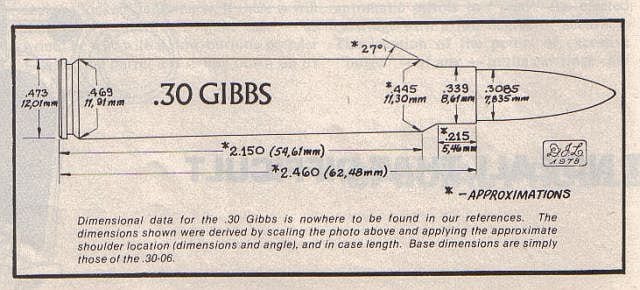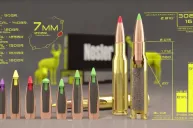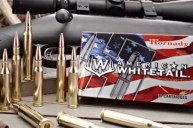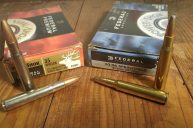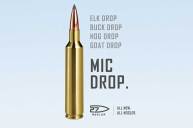The .30-06 Springfield cartridge is the father of many.
In the year 1906, the U.S. Army adopted the .30-caliber cartridge, which would later be called the .30-06 Springfield. Unable to ignore how common the cartridge had become, as it was popular among both military personnel and big-game hunters, the tinkerers out there started taking notice.
What came next was a long line of wildcat cartridges based on the grand ol' .30-06 parent cartridge.
Some of these might sound familiar.
.25-06
The .25-06 was a .25-caliber wildcat Remington formed from the .30-06 cartridge. Because it became a well-known and popular deer hunting cartridge, Remington married and legitimized it inin 1969. You can still find .25-06 Remington cartridges on ammo shelves today.
.270 Winchester
Gun writer Jack O'Connor was a huge fan of the .270 Winchester cartridge. This often left him in conflict with the large-bore gun writers and hunters of the time. The .270 Winchester is indeed a sweetheart cartridge. Not only did it get the job done for the O'Connor, but it's till a popular cartridge today.
.280 Remington
Also named the 7mm-06 Remington and the 7mm Express Remington, the .280 Remington came around in 1957. It was unveiled a full 32 years after the .270 Winchester was released. It never became a huge seller, which likely had something to do with all the different names it carried.
.338-06 A-Square
When heavier bullets were needed, the .338 bullet in the opened cartridge was a big winner. Wildcatting back in the 1950s was the only way to get this lower-recoiling but heavy-bullet shooter. In 1998 A-Square Company made this number a legitimate cartridge.
.22-06
The .30-06 cartridge was necked down and would accept a .224-diameter bullet. That's right; we're talking about the same bullet the smaller, .223-caliber rifle uses. This was one wildcat varmint hunters used for long range and high velocity.
6mm-06
When the .30-06 was necked down to accept a .243-diameter projectile, this hot number was born. It sported higher case capacity than the .243 Winchester cartridge, and a 105-grain bullet will burn along at 3200 fps. velocity.
.243 Catbird
When the .270 Winchester was necked down to .243 caliber, the .243 Catbird wasn't far behind. Kenny Jarrett of Jarrett Rifles achieved 4100 feet per second with a 70-grain bullet with this cartridge. Its noted barrel life was particularly short with this barrel burner. Speed indeed kills rifle barrels.
6.5-06
In 1997 A-Square Company made this 6.5mm bullet firing cartridge a commercial load. Before that, it was a wildcat with ancestry dating way back to the .256 Newton made by Charles Newton, who was plagued with unsuitable powders, ultimately going bankrupt. So, if you own one, you'd better start making your own.
7mm-06
A 7mm bullet met the .30-06 Springfield cartridge, and the 7mm-06 became a reality.
8mm-06
Mauser rifle shooters were able to fire 7.92x57mm ammo out of re-chambered rifles. This allowed for inexpensive shooting of the World War throwbacks.
.35-06
Otherwise known as the .35 Whelen, a .30-caliber bullet offered more punch over a standard .30-caliber. This one was made for dangerous game and African game hunting.
.375-06
When the .30-06 cartridge was necked up to accept a .375-caliber, a new door opened for larger-caliber bullets. This cartridge was also known as the .375 Whelen.
.400-06
When the big .405 Winchester projectile mated with a .30-06, the cartridge otherwise known as the .400 Whelen was born. While this cartridge was chambered in some Griffin & Howe rifles the small shoulder caused headspace issues.
Ackley Improved versions
P.O. Ackley realized that sharper shoulders on rifle cartridges increased powder capacity. Well, the .30-06, along with many other rifle cartridges, received that treatment to increase volume and overall velocity. If you see "Al" on a rifle case headstamp, that means it's an Ackley Improved Cartridge.
Gibbs Cartridges
When firearms experimenter and gunsmith R.E. "Rocky" Gibbs looked at the .30-06 cartridges back in the 1950s, he had some ideas. That's when the .25 Gibbs, 6.5mm Gibbs, .270 Gibbs, 7mm Gibbs, .30 Gibbs and 8mm Gibbs cartridges came along.
Do you like articles about the outdoors? Click here to view more articles by Eric Nestor. You can follow him @ericthewoodsman on Twitter, The Classic Woodsman on Facebook, and @theclassicwoodsman on Instagram. You can view more Nestor Photography photos at Nestor Photography.
NEXT: FIREARM REVIEW: HENRY REPEATING ARMS BIG BOY COLOR CASE HARDENED LEVER ACTION RIFLE
WATCH
